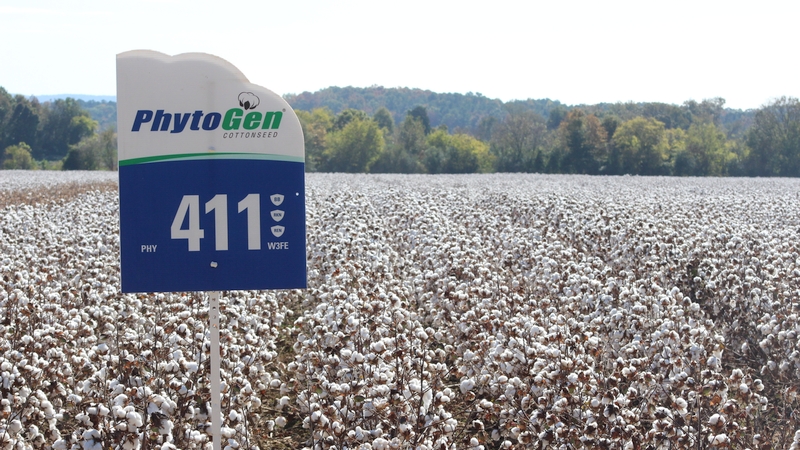Explosions and Implosions
A couple of years ago, Drew Harris, who was associate editor here at Cotton Grower at the time, wrote a column entitled “Limit Up, Limit Down.” One of the quotes from a merchant was, “I can’t talk now – the market is limit up.”
Drew, of “Drew’s Half Acre” fame, has moved on to a public relations and advertising firm and continues to live in Memphis. I still communicate with him regularly, and after some business discussions, the topic turns to the implosion of our beloved Ole Miss Rebels. Yeah, but wait ‘til next year.
Drew’s column was written during the market gyrations of 2008, which was one of the most unusual market situations I’ve ever seen. Maybe the most unusual. That market’s explosion, then implosion, had virtually nothing to do with fundamentals. Speculative buying took it up, then speculative selling took it down. Way down. And cotton acreage followed right along with the slide.
The difference between then and now is that we haven’t seen any implosions. That’s not to say we won’t, but other than the normal corrections, this is a bucking bull that the bears can’t lasso. On Tuesday, January 27, the March contyract – the current old-crop month on the New York Board of Trade – put in a new life-of-contract high of 167.89, after being limit up yesterday. On Monday, January 26, the new-crop month of December went up the 500-point limit, as well, and closed at a life-of-contract high of 113.74.
(Editor’s note #1: At the opening Wednesday, January 28, March was limit up at 163.04, and December was 112.05, up 338.)
Jordan Lea, CEO of Eastern Trading Co. in Greenville, SC, gave the economic update at Beltwide two weeks ago, saying that a record stocks-to-use ratio of 9.8% for cotton is not the rest of the story.
“The last time cotton went to $1, the stocks-to-use ratio was 10% higher. I consider that very supportive of cotton prices this year, next year and even the following year,” he explained.
“In 2007, we had a six-month residual supply of cotton, but right now we’re looking at a six-week residual supply of cotton. If you consider that there’s always about 30 days’ worth of cotton in transit – either on the ocean, on trucks, leaving warehouses – we have a two-week supply of residual cotton.”
A more complete story on Beltwide discussions is in the February issue of Cotton Grower that goes to press today.
But here’s where this market blows away almost everything: This morning, November soybeans on the Chicago Board of Trade are at $12.37 per bushel and have a stocks-to-use ration of 5%. December corn is $5.87, with a stocks-to-use ratio of 6%.
Usually when cotton prices are up, corn and soybeans are down, and vice versa.
With the dollar gaining strength (a weak dollar makes it cheaper for foreign buyers and encourages buying), and all three commodities – cotton, corn and soybeans – trying to figure out where the top is and failing, what we’re seeing is more than unprecedented. We are in uncharted waters, with no map even on the drawing board.
As someone told our Group Publisher Al Strohmaier at Beltwide, “There won’t be any crops stolen this year.”
Please take advantage of it – what’s good for you is good for us.









